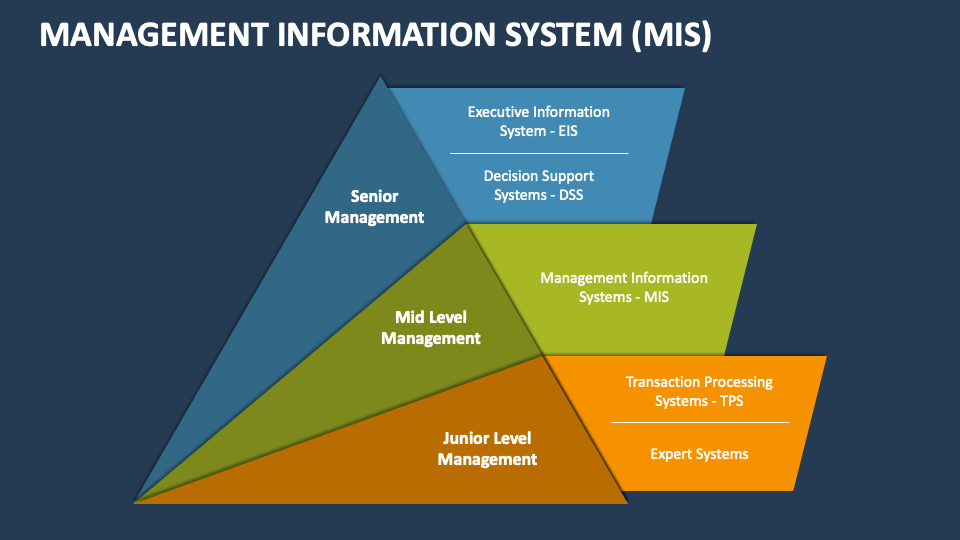GHK Global empowers businesses through cutting-edge Management Information Services, unlocking strategic insights for informed decisions and sustainable success. Navigate your path to excellence with our tailored solutions, turning data into a catalyst for growth and innovation.
Information for Senior Management
- Executive Information System
- Decision Support System
Executive Support System
Designed to support the information and decision-making needs of top-level executives within an organization.
Some key service aspects of an Executive Information System:
- Focus on Top-Level Management: EIS is tailored for executives, providing information that is strategic, summarized, and relevant for high-level decision-making.
- Strategic Information: It delivers information that is strategic in nature, helping executives to make long-term decisions that align with organizational goals and objectives.
- User-Friendly Interface: The interface of an EIS is designed to be user-friendly, allowing executives to access information easily and quickly without the need for detailed technical knowledge.
- Real-time Data: EIS often integrates real-time or near-real-time data to provide executives with the most up-to-date information for decision-making.
- Graphical Representations: Information is often presented through charts, graphs, and dashboards, making it visually appealing and aiding in quick comprehension.
- Integration with Other Systems: EIS is typically integrated with other organizational systems such as ERP, CRM, and financial systems to gather comprehensive and cohesive data.
- Customization: Executives can often customize their dashboards or reports based on their preferences and the specific information they need to monitor.
- Decision Support Tools: EIS may include decision support tools to help executives analyze trends, perform scenario planning, and make informed decisions.
- Security: Security is a critical aspect of EIS, ensuring that sensitive executive-level information is protected and only accessible to authorized individuals.
- Mobile Access: In modern EIS, there is often support for mobile access, allowing executives to access critical information on-the-go using mobile devices.
- Alerts and Notifications: Executives can set up alerts and notifications to receive timely updates on key performance indicators or exceptional situations that require attention.
- Collaboration Features: Some EIS systems include collaboration features to facilitate communication and information sharing among top-level executives.
- Scalability: EIS should be scalable to accommodate the changing needs and growing complexity of the organization.
Decision Support System
- Supports decision-making activities within an organization. It provides users, including managers and decision-makers, with the tools and information needed to make informed and effective decisions.
- Data Collection and Integration Services:
- DSS gathers relevant data from various sources, both internal and external to the organization.
- It integrates data from different systems to create a comprehensive and unified dataset.
Modeling and Analysis Services:
- DSS includes modeling tools and analytical capabilities to support decision-makers in evaluating different scenarios and alternatives.
- Users can perform “what-if” analyses to understand the potential impact of different decisions.
Database and Data Warehouse:
- DSS relies on databases and data warehouses to store and organize large volumes of data for analysis.
- Data warehouses are often used to consolidate data from multiple sources for more in-depth analysis.
User Interface:
- DSS provides a user-friendly interface that allows users to interact with the system easily.
- Graphical representations, charts, and dashboards may be used to present data in an understandable format.
Query and Reporting Tools:
- Users can run ad-hoc queries to extract specific information.
- Reporting tools generate regular and customized reports for decision-makers.
Decision Support Models:
- DSS employs various models such as mathematical models, statistical models, and optimization models to assist in decision-making.
Collaboration and Communication Tools:
- DSS often includes features for collaboration, allowing users to share information and collaborate on decisions.
- Communication tools facilitate discussions and exchanges of information among decision-makers.
Alerts and Notifications:
- DSS can provide alerts and notifications to inform users about important events or changes in data that may require attention.
Security Measures:
- DSS incorporates security measures to ensure that sensitive information is protected, and access is restricted based on user roles.
Mobile Access:
- In modern DSS, there is often support for mobile access, enabling users to make decisions on the go.
Feedback Mechanism:
- DSS allows users to provide feedback on the effectiveness of the system, and improvements can be made based on user input. planning, problem-solving, and identifying opportunities for improvement.
Information For Mid Level Management
Provides managers and decision-makers with the tools and information needed to support effective decision-making and organizational management.
Data Collection: Data may include transactional data, financial records, sales figures, inventory levels, and more.
Data Processing: The collected data is processed and transformed into meaningful information through various methods such as sorting, summarizing, calculating, and comparing.
Database Management: Centralized database to store and organize data.
Information Presentation: Information in the form of reports, charts, graphs, and dashboards.
Decision Support Systems: Aid decision-making, such as providing ad-hoc reports, trend analyses, and “what-if” scenarios.
Features of GHK Global’s Information Services :
- User Interface: Our MIS systems have user-friendly interfaces to enable easy interaction for users at various levels of the organization.
- Security and Access Control: To ensure data integrity and confidentiality, MIS incorporates security measures and access controls.
- Integration with Other Systems: MIS is often integrated with other organizational systems, such as Enterprise Resource Planning (ERP), Customer Relationship Management (CRM), and others, to streamline information flow and avoid redundancy.
- Feedback Mechanism: MIS includes mechanisms for feedback and performance evaluation.
- Scalability and Flexibility: A well-designed MIS is scalable to accommodate growth and changes in the organization.
Information Sytems for Junior Level Management


